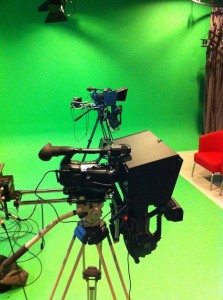I’ve been working some more on picture profiles for the PMW-F3, mainly matrix settings. You can download the full set by clicking here: ac-profiles. Download the zip file, unzip and place the “Sony” folder in the root of an SxS card or SD card in an adapter. Place the card in the camera and go into the “picture profiles” menu and select a picture profile and then “ppdata” and “recall” to load the data into your camera. This will overwrite any PP’s you already have.
Here’s the latest settings I have:
ALL use Detail level -17, Frequency +20, Aperture +25 unless otherwise stated.
AC Warm1: Warm look, less blue/yellow
Cinegamma 1, Black Gamma -25, Black Level -2.
Matrix: Standard, level +8, R-G +14, R-B +12, G-R +4, G-B +8, B-R +4, B-G -18
AC Cool1: Stark cool look, maybe day for night.
Cinegamma 1, Black Gamma -25, Black Level -2.
Matrix: Standard, level +22, R-G -44, R-B -24, G-R -34, G-B =28, B-R -7, B-G -69
AC Elec1: Electronic, vivid look.
Gamma STD1, Black Gamma -20, black level -3, Detail Level -10, Frequency -40
Matrix Hi-Sat,
NAT1CG-1: Neutral Look, natural colors, less yellow/green.
Cinegamma 1, Black Level -2
Matrix FL-Light, Level +3, R-G +2, R-B +2, G-R +8, G-B +8, B-R -8, B-G -6
Note that for most of these I have used a cinegamma, that is because I would assume that post work will be done on the footage. If your not planning on doing any grading or post work you should consider using a standard gamma which will give a richer looking image or cinegamma 2 which is broadcast safe.












